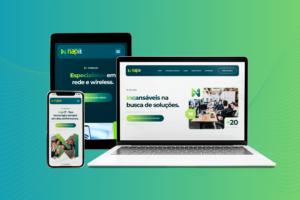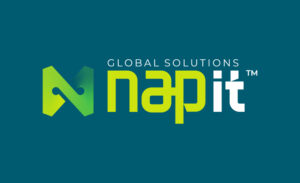See benefits and counterparts of each technology model available and discover how to integrate these possibilities in your daily life
In recent years, large companies have come up with the challenge of understanding how IT advances can be applied in their operations. The main question, in this case, is to know which model to choose between the “Traditional” forms and the Cloud. The good news, however, is that you no longer necessarily have to choose one of them. Did you know it?
The Services innovation
In general, Cloud Computing is the computing services provision (servers, data centers, network systems, software and analysis) in a flexible and external way, without the need to build a local infrastructure. The idea is that your company can, from its own demands, hire and pay for the data consumption, without worrying about more technical issues.
It was with these and other arguments that the Cloud attracted large companies attention, which wanted to reduce their facilities complexity, as a more flexible and economical option. It is worth remembering that the prospect of not investing in new components opens a series of cost reduction options: ranging from the installed systems depreciation to the decrease in operating expenses, such as electricity.
The Traditional Systems Advantage
On the other hand, cloud applications have had to coexist for a long time with mistrust about security and performance aspects. In short, many decision makers were averse to adopting Cloud Computing because they believed that sensitive data might not have all the protection they would have if stored “at home.”
In addition, it should be remembered that medium and large companies certainly already have installed IT structures (and they have cost expensive for their operations). In this scenario, it would not make sense to undo this legacy in a novelty name or something that, in theory, would have nothing compatible with what was already running.
Hybrid IT: uniting the best of both worlds
Contrary to what was previously believed, the fact is that Cloud and Traditional IT are not mutually exclusive. In fact, nowadays, the new services and products development has allowed these two scenarios to be merged and integrated, forming a more effective outlet for a different production demands.
This way, features such as Microsoft Azure (which was built for the Cloud), for example, can also help manage applications, suites and local databases, leading to mobility for the legacy structure components management. Another possibility is to combine the internal configuration with the Cloud to optimize Backups or make it work more assertive in activities that require more information mobility.
How to join the Cloud and your Traditional IT?
Joining the Cloud flexibility with your in-house applications robustness will certainly boost your company’s power. For it happens accurately, however, it is important to ensure that the integration between Traditional and IT Service-Based is cohesive and effective.
In this scenario, having qualified consultancies and also bet on customized tools to your needs is vital. But do not worry if you still do not know how to get there at this stage. In the next posts, here in Nap IT Blog, you will see how it is possible to make this step simpler and more practical!
So, keep an eye on our Blog and gain new differentiators for your day-by-day life!






